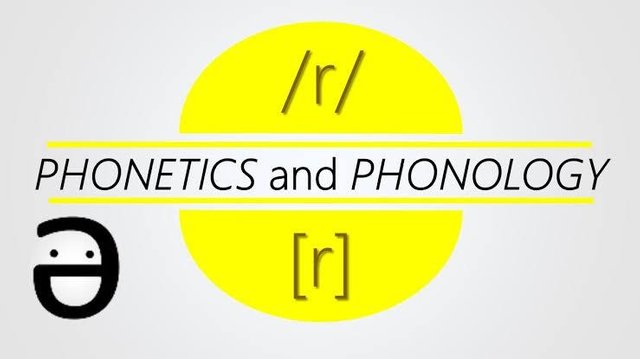Many people might have heard of phonetics and phonology but might have not quite understand what they actually mean. Today, I decided to drop this here. Happy steem.
According to Clark et al (2007), phonology is the systematic study of the sounds used in language, their internal structure, and their composition into syllables, words and phrases. Computational phonology is the application of formal and computational techniques to the representation and processing of phonological information.
Phonology is the study of how speech sounds form patterns is. It tells us what sounds are in a language, how they do and can combine into words, and explains why certain phonetic features are important to identifying a word.
Phonology on the other hand is the functional classification of the sounds of a particular language. It is the system of sounds by means of which meanings are differentiated in a language and which serve as the building blocks for the higher linguistic levels, e.g. morphology (Ben, 2011).
Phonetics is the study of human sounds in general without saying what function which sounds may have in a particular language, Heffer (1969). The term ‘phonetics’ is, however, often used with reference to one language when the emphasis is on the pronunciation of this language. For instance, a book on The phonetics of Igbo would be about how to pronounce Igbo correctly and not necessarily about the functions which the sounds may have in the phonological system of the language.
It is customary to divide the field of phonetics into three branches asfollows.
1) articulatory phonetics (emission of sounds)
2) acoustic phonetics (transmission of sounds)
3) auditive phonetics (reception of sounds)
In any language there will be sounds which are used to differentiate meaning and those which do not serve this function. Owing to this situation, the main focus of phonology is to understand and describe how a set of sounds and the accompanying prosodic features can convey meaning in language (Anagbogu et al, 2010).
References
Anagbogu, P. N. & Mbah, B. M. and Eme, C. A. (2010). Introduction To Linguistics. 2nd edition. Anambra: Amaka Dreams Ltd.
Ben N. (2011). When Free Variation Isn't So Free. Dialect Blog. Retrieved 2019-09-16.
Clark, John Ellery; Yallop, Colin; Fletcher, Janet (2007). Introduction to Phonetics and Phonology. Oxford: Blackwell.
Heffer, R. M. S. (1969). General Phonetics. Lomdon: The University of Wisconsin Press.

Hi! I am a robot. I just upvoted you! I found similar content that readers might be interested in:
https://www.uni-due.de/ELE/Phonetics_and_Phonology.pdf
Downvoting a post can decrease pending rewards and make it less visible. Common reasons:
Submit
Thanks for citing all your sources!
Downvoting a post can decrease pending rewards and make it less visible. Common reasons:
Submit